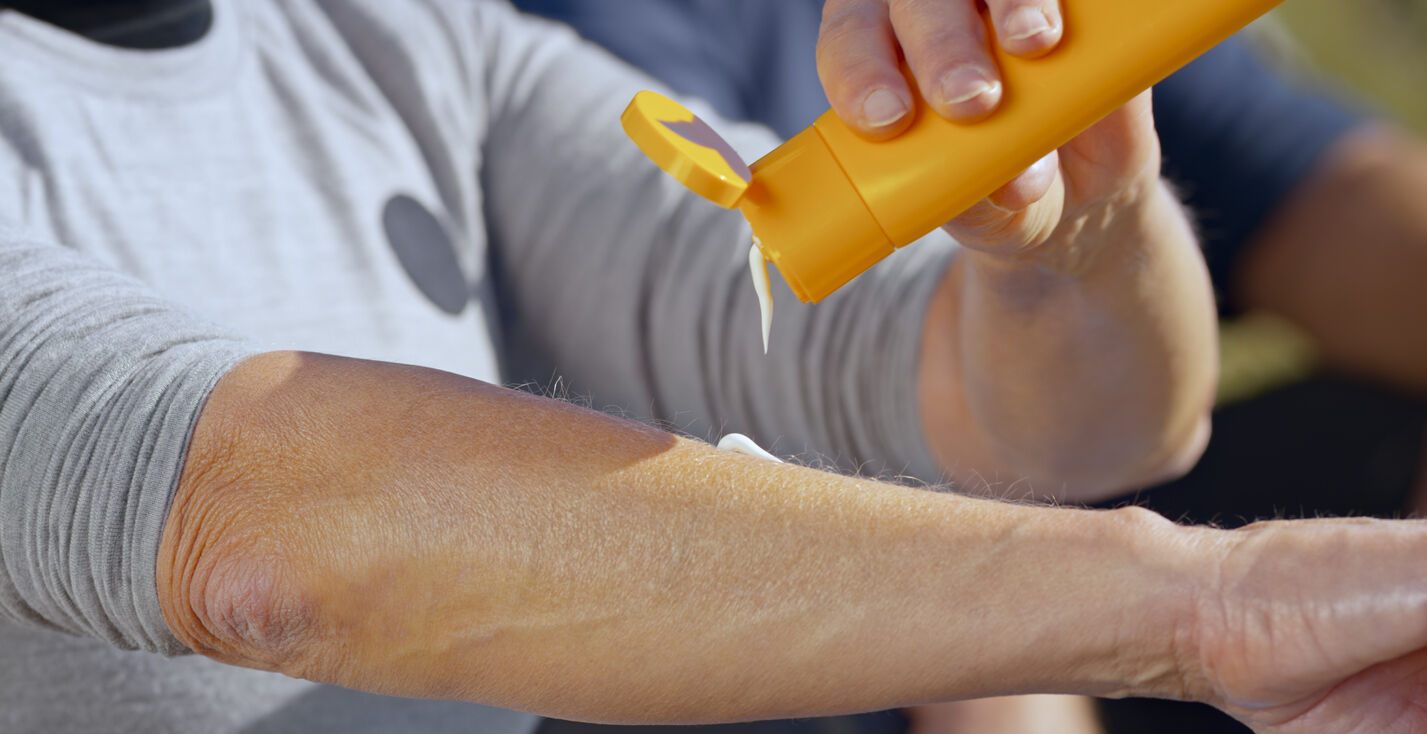Summer is knocking on the door, which for many folks means picnics and swimming and gardening and other outdoor activities.
That also means sun. Lots and lots of sun.
Ashley Svaty, a family and consumer sciences specialist at K-State’s Northwest Research-Extension Center in Colby, said it’s “critically important that we think about protecting our skin’s health.”
“There is a statistic (from the American Academy of Dermatology) that it only takes one blistering sunburn during childhood or adolescence to nearly double a person’s chance of developing melanoma,” Svaty said. “So even when we’re younger, we have to be mindful of the sun’s rays, and as adults, we have to be role models and help protect those kids and babies.”
Researchers say that a little sun is good for the body and mind: 20 minutes of sunshine helps in producing vitamin D, supports bone health, relieves blood pressure and promotes good mental health.
But too much sun can lead to longer-term, negative health effects.
“We need to protect ourselves when outside,” Svaty said. “I understand if we work in a field, or those that have outdoor jobs. Seek shade as much as you can, but if you can’t find shade, wear a white brim hat and sunglasses to protect those eyes, and wear UPF (Ultraviolet Protection Factor) protective clothing.”
Another common term associated with sunscreen for the skin – SPF – stands for Sun Protection Factor. Sunscreens are sold with varying levels of SPF, but Svaty said the level that one buys – as long as it is 30 SPF or higher – is less important than routinely re-applying protection every two hours while outdoors.
“The big thing to remember is that you can get as high of an SPF as you want, but remembering to re-apply that every two hours is critically important,” Svaty said. “The majority of people don’t put enough sunscreen on the first time, and then they don’t re-apply later. SPF 30 or higher is fine, but remember to re-apply every two hours.”
Svaty noted a few extra things to keep in mind:
- The type of sunscreen one uses – spray, lotion or other – doesn’t matter. It’s a personal preference.
- Cover as much skin as possible when outside. SPF clothing is one good way to do this, while remaining comfortable.
- Use sunscreen all year round. The sun’s reflection off snow in the winter can be equally damaging to skin.
- Remember vulnerable spots when applying sunscreen, touch as top of head, tips of ears and back of neck.
- Discard expired sunscreen and keep a fresh tube year-round.
More information on sun protection is available online from the American Academy of Dermatology and the American Cancer Society, or speak to a board certified dermatologist.




